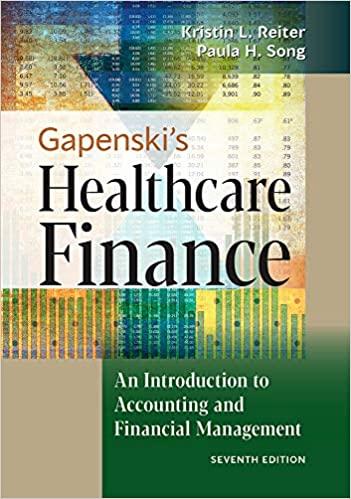Question
In the financial world, there are many types of complex instruments calledderivatives that derive their value from the value of an underlying asset. Consider the
In the financial world, there are many types of complex instruments calledderivatives that derive their value from the value of an underlying asset. Consider the following simple derivative. A stocks current price is 100 pershare. You purchase a derivative whose value to you becomes known amonth from now. Specifically, let S be the price of the stock in a month. If S isbetween 90 and 110, the derivative is worth nothing to you. If S is less than 90, the derivative results in a loss of 100*(90-S) to you. (The factor of 100 is because many derivatives involve 100 shares.) If S is greater than 110, the derivative results in a gain of 100*(S-110) to you. Assume that the distribution of the change in the stock price from now to a month from now isnormally distributed with a mean 2 and a standard deviation 10. Let P(big loss) be the probability that you lose at least 1,000 (that is, the price falls below 90), and let P(big gain) be the probability that you gain at least 1,000 (that is, the price rises above 110). Find these two probabilities. How do they compare to one another?
Step by Step Solution
There are 3 Steps involved in it
Step: 1

Get Instant Access to Expert-Tailored Solutions
See step-by-step solutions with expert insights and AI powered tools for academic success
Step: 2

Step: 3

Ace Your Homework with AI
Get the answers you need in no time with our AI-driven, step-by-step assistance
Get Started


